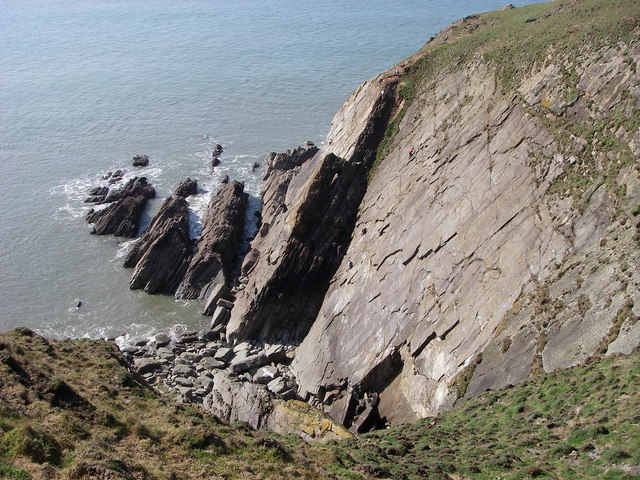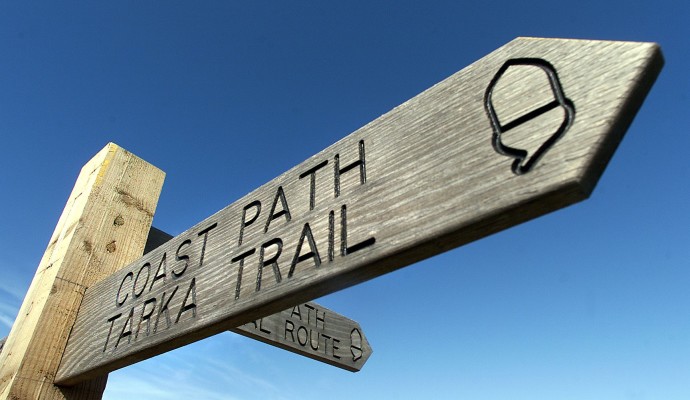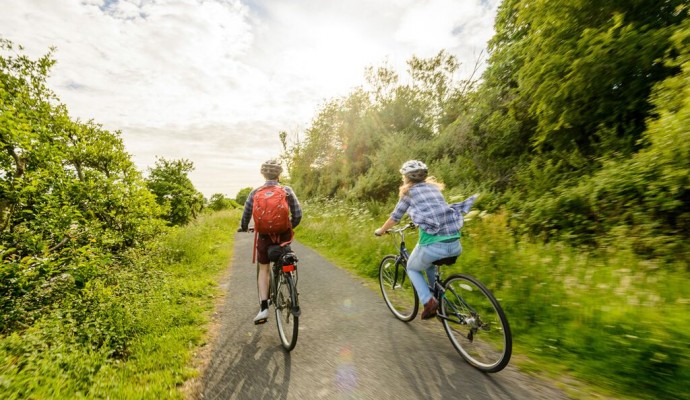Interesting information
Of particular interest are the signs of the Ice Age activity in the area. Raised platforms cut by wave action at times of high sea levels are now home to a number of large boulders transported here by ice. Some of these may have been carried considerable distances. The most famous, the Saunton Pink Granite (SS 44013787), weighs in at 12 tonnes and is likely to have come all the way from the north-west highlands of Scotland. This can be viewed from the foreshore but, if visiting the erratic, please check the incoming tide times as there is the risk of being cut off from the beach.
The area is a designated Area of Outstanding Natural Beauty, Site of Special Scientific Interest and Voluntary Marine Conservation Area.





